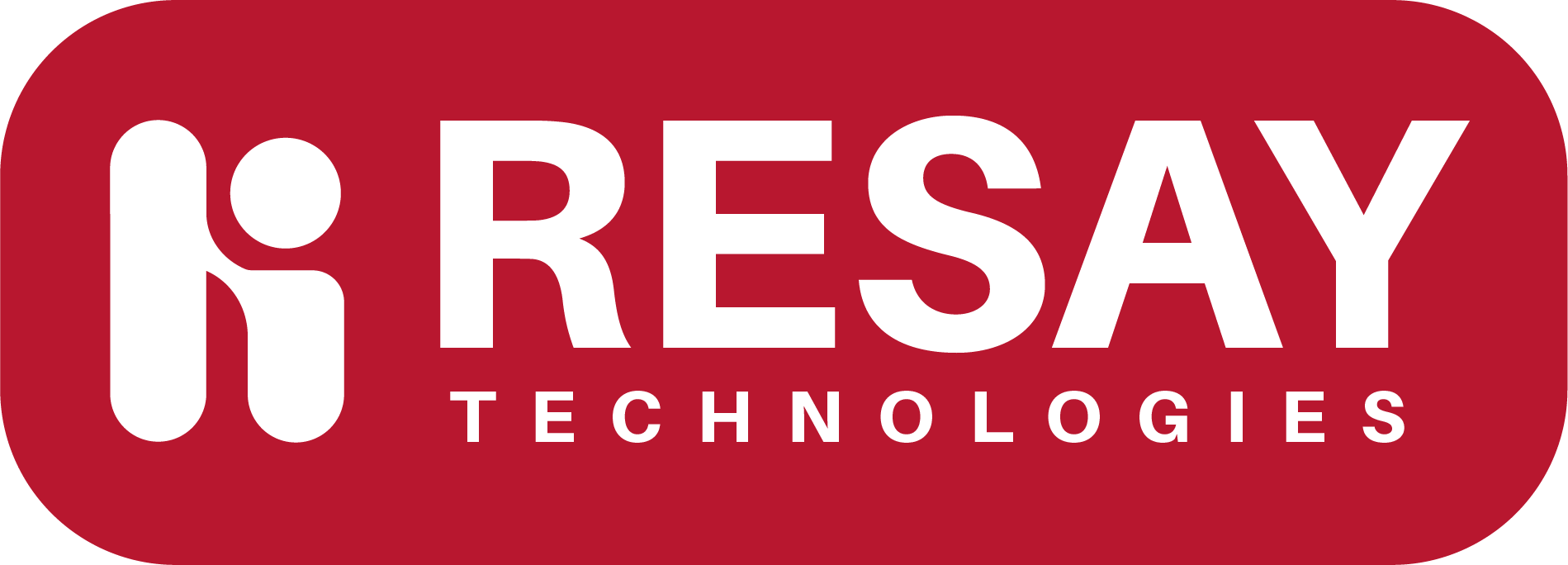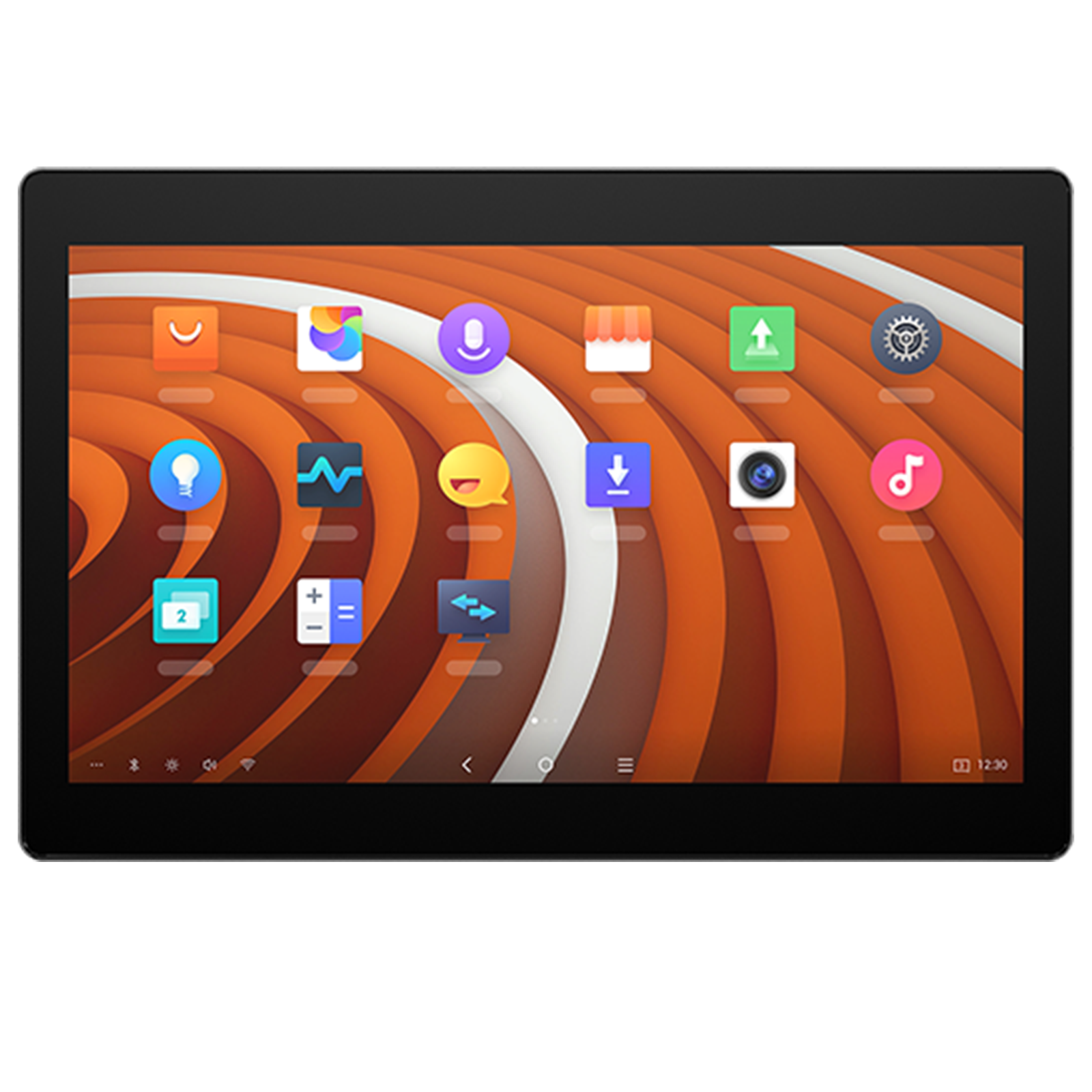Touchscreen display modules are integrated components that combine a display screen with a touchscreen interface, allowing users to interact directly with the content displayed on the screen. These modules are widely used in various devices, including smartphones, tablets, laptops, industrial equipment, medical devices, and other consumer electronics. Here are key aspects of touchscreen display modules:
- Types of Touchscreen Technologies:
- Resistive Touchscreens: Composed of layers that respond to pressure. When pressure is applied, the layers make contact, and the touch position is detected.
- Capacitive Touchscreens: Utilize the electrical conductivity of the user’s touch. Most common in modern smartphones and tablets.
- Infrared Touchscreens: Use infrared sensors to detect touch. When an object interrupts the infrared beams, the touch position is determined.
- Surface Acoustic Wave (SAW): Relies on ultrasonic waves that pass over the screen’s surface. Touch disrupts the waves, and the touch position is calculated.
- Optical Imaging Touchscreens: Cameras or sensors capture images of touch events, and the touch position is determined based on the images.
- Integration with Display Technology:
- Touchscreen display modules integrate both the display screen and the touchscreen technology into a single unit. This integration simplifies the manufacturing and assembly process for devices.
- Applications:
- Touchscreen display modules find applications in a wide range of devices and industries, including:
- Consumer Electronics: Smartphones, tablets, laptops, smartwatches, and other personal devices.
- Industrial Control Panels: Used in manufacturing and automation for controlling machinery.
- Medical Devices: Touchscreen interfaces in medical equipment and diagnostic devices.
- Automotive: Infotainment systems, navigation displays, and control panels in vehicles.
- Gaming: Touchscreen displays in gaming consoles and handheld gaming devices.
- Retail: Point-of-sale (POS) systems and interactive kiosks.
- Education: Interactive displays in classrooms and educational tablets.
- Touchscreen display modules find applications in a wide range of devices and industries, including:
- Display Technologies:
- Touchscreen display modules can incorporate various display technologies, including LCD (Liquid Crystal Display), OLED (Organic Light Emitting Diode), and others, depending on the device’s requirements.
- Multitouch Capability:
- Many touchscreen display modules support multitouch, enabling users to perform gestures and interactions involving multiple touch points simultaneously.
- Durability and Protection:
- Some touchscreen display modules come with protective features, such as toughened glass or anti-scratch coatings, to enhance durability and resist damage from daily use.
- Customization:
- Manufacturers often offer customization options, allowing device makers to select specific sizes, resolutions, and touchscreen technologies based on their product requirements.
- Driver and Controller Integration:
- Touchscreen display modules include drivers and controllers that manage touch input and communication with the device’s main processing unit.
- Interface Compatibility:
- Touchscreen display module are designed to be compatible with various interface standards, such as I2C, USB, or SPI, ensuring seamless integration with different device architectures.
- Power Consumption:
- The power consumption of touchscreen display module is a consideration for portable devices, and manufacturers often strive to optimize power efficiency.
- Cost Considerations:
- The cost of touchscreen display module varies based on factors like size, technology, and customization options. Manufacturers may choose modules that balance cost and performance for their specific applications.
Touchscreen display modules have become an integral part of modern electronic devices, providing a user-friendly and interactive interface for a diverse range of applications. The selection of a touchscreen display module depends on factors such as the intended use, device form factor, and budget considerations.


